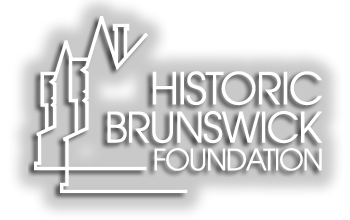Why Preservation Matters
Every day many of Brunswick's vacant historic treasures are being further degraded through neglect via water intrusion, vermin, vandalism, or greed.
Every single piece of our history that we allow to fall is another piece of our city's heart and economic potential gone forever. Empty lots or new construction can never be an improvement over an historic streetscape.

"American Pickers'" Mike Wolfe talks about the importance of historic preservation and its role in economic recovery. [ Watch the full episode on History.com]. [ View the clip on HBF's facebook page ].
Currently, owners of distressed historic assets find themselves with a structure that will require more money put into it than the property is worth. As fines pile up, the owner is left with no other alternative but to seek demolition. We need to work with city officials to find attractive alternatives to demolition and to incentivise property owners to rehabilitate, sell or donate these historic assets.
From an economic standpoint, rehabilitating vacant structures puts the property back on the tax roll which helps the entire community, and removes blight which increases neighboring property values.
As neighborhoods improve, new buyers will seek underutilized property. A growing resident population brings in new business to meet the needs of the larger market. Additional tax revenue would be generated and utilized for the overall betterment of the city.
As more historic structures are saved and rehabilitated, heritage tourism would become a major profit center for Brunswick.
Our history IS our future. It is what sets us apart from other small southern towns. Short-sightedness and greed have irrevocably destroyed so much of Brunswick's greatest assets already. It is imperative that we preserve what historic sites remain, but it won't happen without public awareness, support, and a conservation plan for the future. We need your help. We can't do it without you.
Below are just a few examples of some of the greatest losses Brunswick has suffered from decision makers focused only on short-sighted solutions rather than the city's long-term best interests.
Losses
The Oglethorpe Hotel
1888-1958
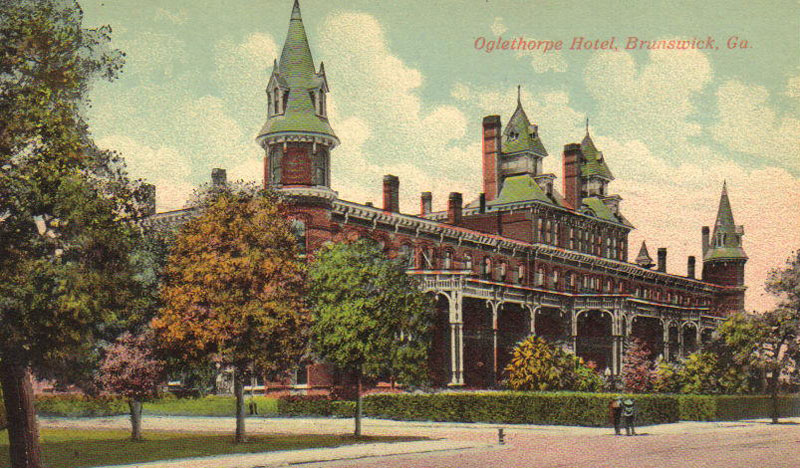
Built in 1888, the magnificent Oglethorpe Hotel is one of Brunswick's greatest losses. It was razed in 1958 to make way for a flat-roofed motor hotel, which also is long gone. In its place now stands a former J.C. Penney building and an empty lot.
Learn so much more about this and other incredible Brunswick history at SignatureSquares.org!
The Dart House
1877-2017
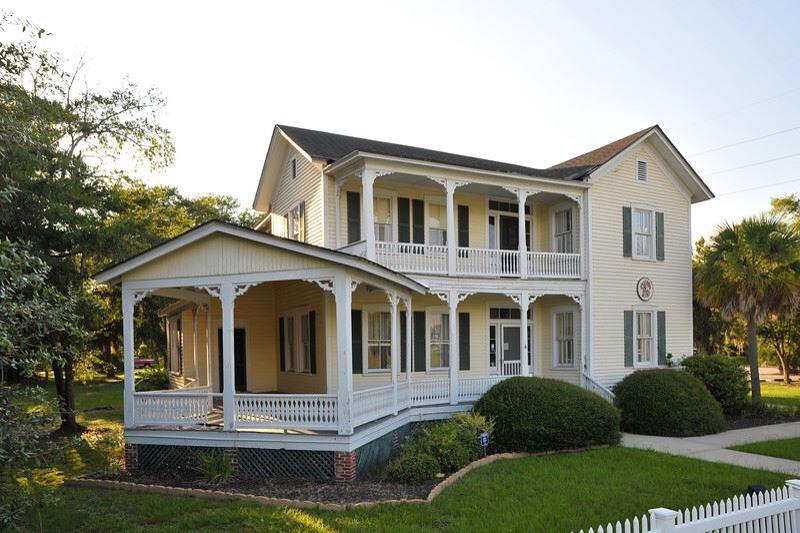
Situated as a focal point in the Gateway to Historic Downtown Brunswick at 4 Glynn Avenue and Gloucester Street, the Dart House stood where it was built in 1877 by William Robert Dart, son of City of Brunswick founder Urbanus Dart.
When constructed, this grand home gazed out over Dart Creek and the landmark Lanier Oak where Sidney Lanier was inspired to create his famous poem, The Marshes of Glynn.

Spanning over three centuries, the Dart House survived the 1898 Hurricane as documented in the 1898 photo housed in the Georgia State Archives. It survived decades of economic upheaval. It was one of the few remaining structures in Brunswick that represented the era of rebirth after the Civil War.
In 1983, the Brunswick-Golden Isles Chamber of Commerce purchased the house and property from members of the Dart Family to restore and use for their office and meeting space.
In the early morning of March 29, 2017, the Chamber of Commerce carried out their decision to demolish this historic landmark.
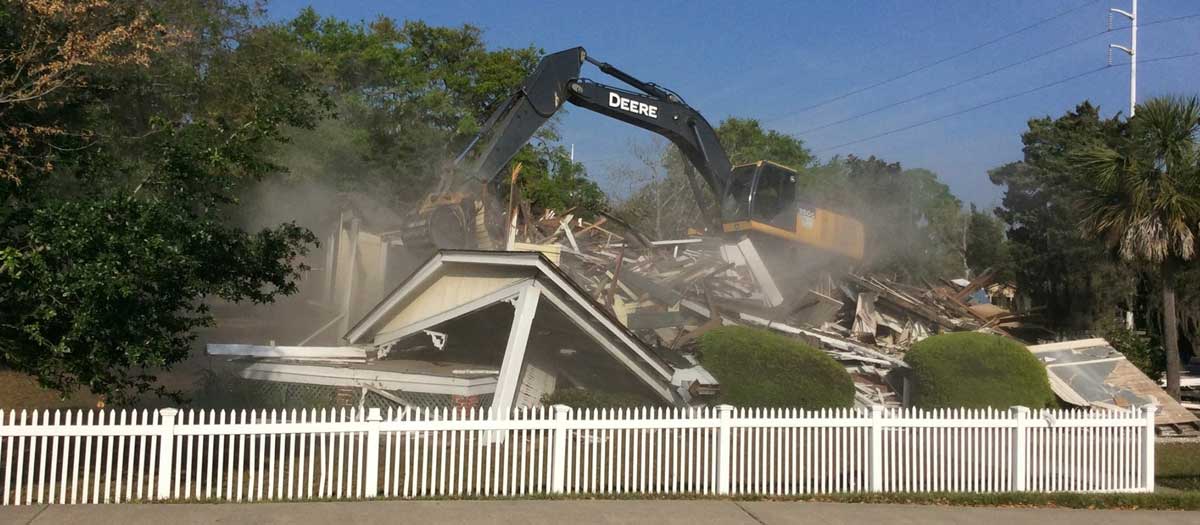
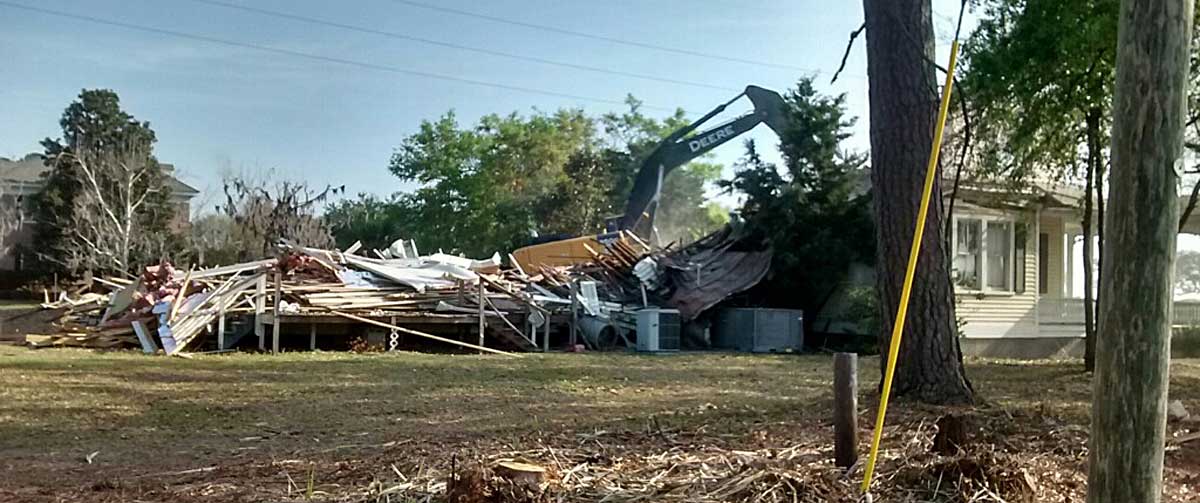
Successes
The Smith House
cir. 1868
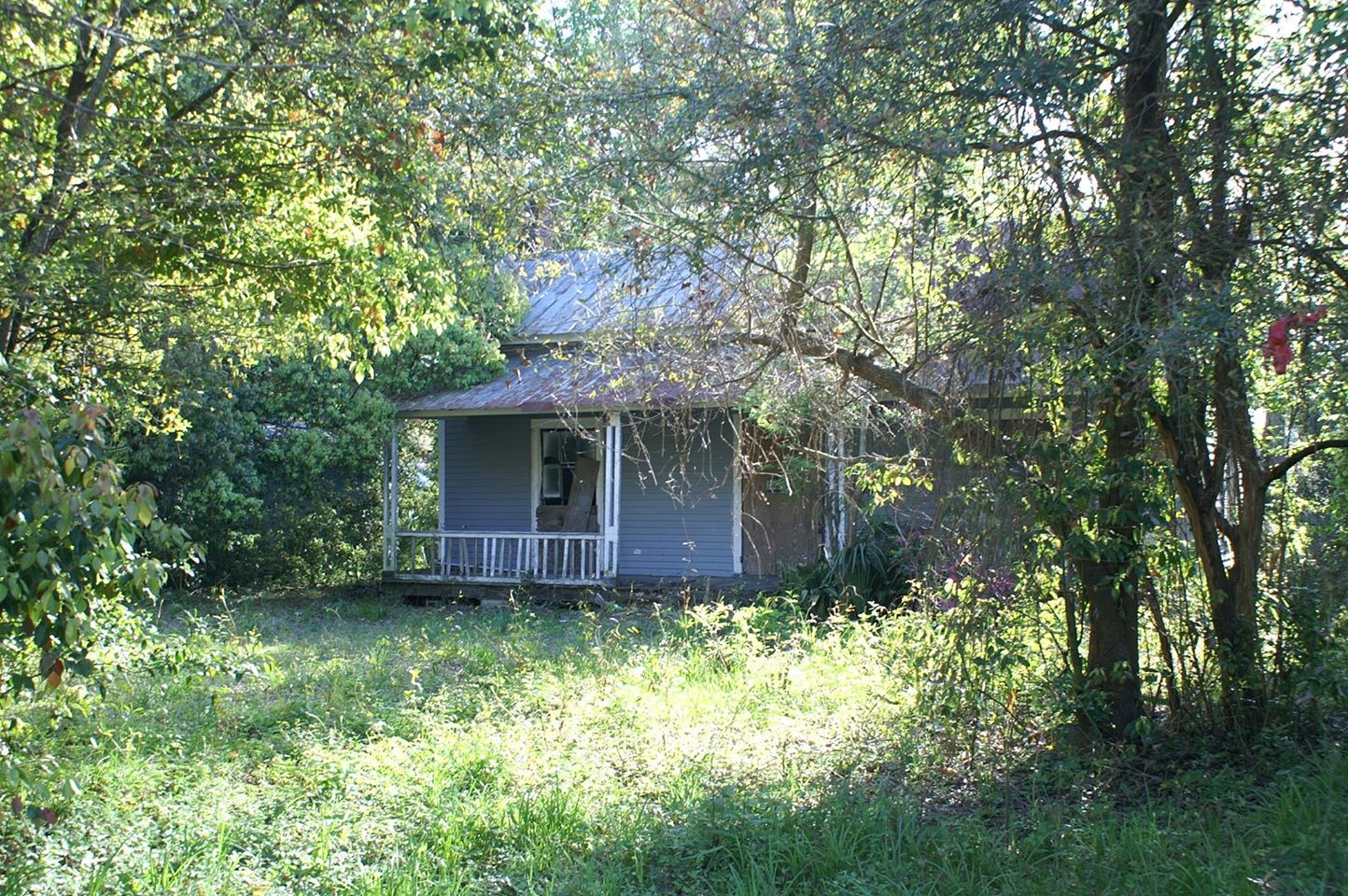
The Smith House, located at 721 Grant Street, city lot 92, was built circa 1868 by prominent, pioneer residents Mr. and Mrs. Thomas F. Smith. Mr. Smith was the editor of the Brunswick Appeal newspaper and also owned several other properties in town. The Smith family owned the home from 1868 until the death of Frances Smith in 1960. During the Smith daughters' tenure, the house served as both their home and local school. The Smith family members are all interred at the Oak Grove Cemetery in Brunswick.
The Smith house consists of two structures of modest detail. The forward portion is a gable-end, central passage, hall and parlor design which is connected to a hipped roof, saddlebag structure in the rear.
HBF acquired the home in 2014 and has utilized the structure for events and UGA Preservation Field Schools. Inquiries for purchase are welcome.
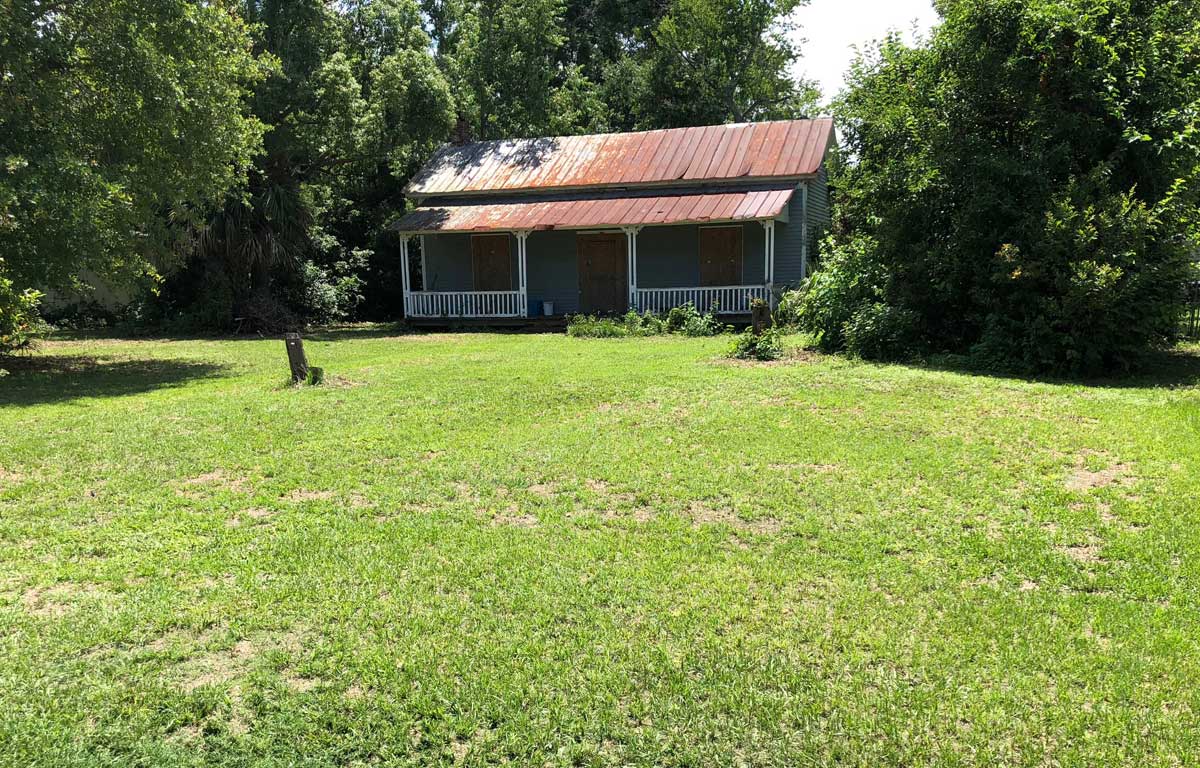
Back to Top


